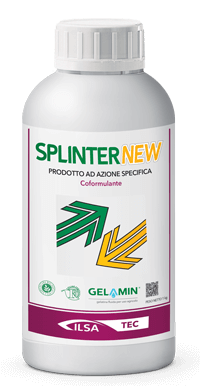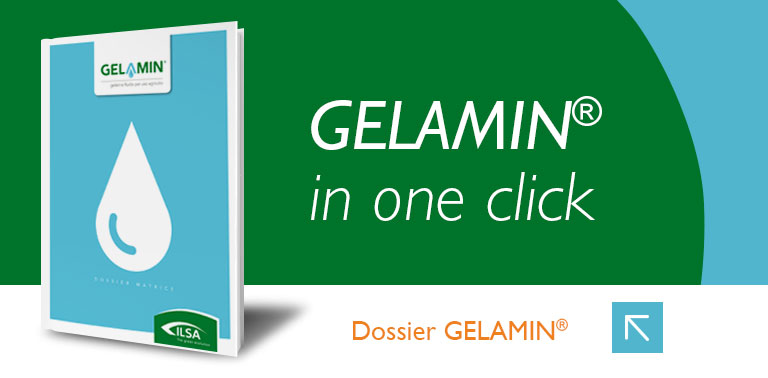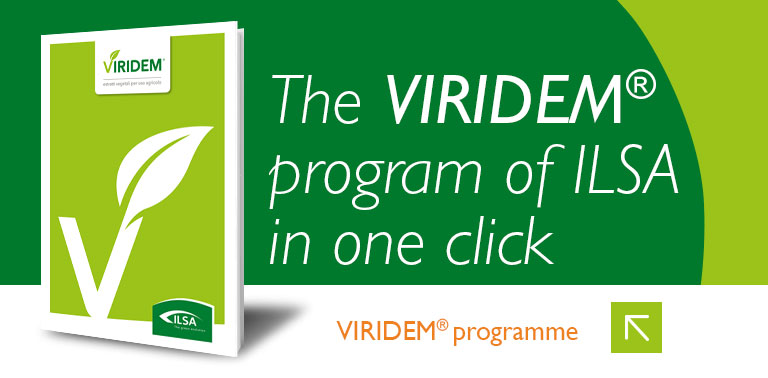PRODUCT WITH SPECIFIC ACTION ON OTHER FERTILIZERS
SPLINTER NEW is a natural co-formulant for foliar applications; it has remarkable synergizing and wetting functions.
SPLINTER NEW makes all foliar applications more effective and should be mixed with other products.
It performs a specific disruptive action on sugar substances produced by psyllids and aphids as well as an effective cleaning activity on honeydews.
This product was developed within the project “BIOVENUS” funded by the Ministry of University and technological research (MURST).
This research was performed in collaboration with:
- University of Padua - Faculty of Agriculture - Department of Agricultural Biotechnologies.
- Alma Mater Studiorum - University of Bologna - Department of Agro-Environmental Sciences and Technologies.
Chemical and physical features
- LIQUID GREEN COLOUR
- pH 5,5 ± 0,5
- DENSITY 1,16 ± 0,02 kg/dm3
- Conductivity 0,70 +- 0,20 dS/m
COMPOSITION
-
Total Nitrogen (N) 7 %
- Of which: Organic Nitrogen (N) 7 %
- Organic Carbon (C) 20 %
- Hydroxyproline 0,75 %
- Total Aminoacids >45 %
Doses and methods of use of the fertilizer
-
Cereals
-
All1,5-2 kg/haMixed with common foliar treatments
-
-
Fruit
-
Blackberry3-5 kg/haMixed with common foliar treatments
-
Blackcurrant3-5 kg/haMixed with common foliar treatments
-
Blueberry3-5 kg/haMixed with common foliar treatments
-
Fig2-3 kg/haMixed with common foliar treatments
-
Gooseberry2-3 kg/haMixed with common foliar treatments
-
Hazelnut3-5 kg/haMixed with common foliar treatments
-
Kiwi3-5 kg/haMixed with common foliar treatments
-
Persimmon2-3 kg/haMixed with common foliar treatments
-
Pistachio2-3 kg/haMixed with common foliar treatments
-
Raspberry3-5 kg/haMixed with common foliar treatments
-
Redcurrant3-5 kg/haMixed with common foliar treatments
-
Sorb2-3 kg/haMixed with common foliar treatments
-
Walnut3-5 kg/haMixed with common foliar treatments
-
-
GrapeVine
-
All2-3 kg/haMixed with common foliar treatmentsFoliar
-
-
Green Fodder
-
All1,5-3 kg/haMixed with common foliar treatments
-
-
Greens and Nurseries
-
Lawns1 kg/5000 m2Mixed with common foliar treatments
-
Ornamental and Floral Crops1 kg/5000 m2Mixed with common foliar treatments
-
Ornamental and Forest Nurseries1 kg/5000 m2Mixed with common foliar treatments
-
Playing Fields1 kg/5000 m2Mixed with common foliar treatments
-
Professional Turf1 kg/5000 m2Mixed with common foliar treatments
-
Public Parks1 kg/5000 m2Mixed with common foliar treatments
-
-
Leafy vegetables
-
All2-3 kg/haMixed with common foliar treatments
-
-
Legumes and potatoes
-
Potato2-3 kg/haMixed with common foliar treatments
-
-
New Trees Plantations
-
All1 kg/5000 m2Mixed with common foliar treatments
-
-
Olive Tree
-
All2-3 kg/haMixed with common foliar treatments
-
-
Pome fruits
-
All3-5 kg/haMixed with common foliar treatments
-
-
Stone fruits
-
Apricot3-5 kg/haMixed with common foliar treatments
-
Cherry3-5 kg/haMixed with common foliar treatments
-
Nectarine3-5 kg/haMixed with common foliar treatments
-
Peach3-5 kg/haMixed with common foliar treatments
-
Plum3-5 kg/haMixed with common foliar treatments
-
-
Vegetables
-
Asparagus2-3 kg/haMixed with common foliar treatments
-
Beetroot2-3 kg/haMixed with common foliar treatments
-
Brussels sprouts2-3 kg/haMixed with common foliar treatments
-
Carrot2-3 kg/haMixed with common foliar treatments
-
Cauliflower2-3 kg/haMixed with common foliar treatments
-
Celery2-3 kg/haMixed with common foliar treatments
-
Courgette2-3 kg/haMixed with common foliar treatments
-
Cucumber / Gherkin2-3 kg/haMixed with common foliar treatments
-
Eggplant2-3 kg/haMixed with common foliar treatments
-
Fennel2-3 kg/haMixed with common foliar treatments
-
Garlic / Scallion2-3 kg/haMixed with common foliar treatments
-
Leek2-3 kg/haMixed with common foliar treatments
-
Melon2-3 kg/haMixed with common foliar treatments
-
Onion2-3 kg/haMixed with common foliar treatments
-
Pepper2-3 kg/haMixed with common foliar treatments
-
Processing Tomato2-3 kg/haMixed with common foliar treatments
-
Radish2-3 kg/haMixed with common foliar treatments
-
Savoy Cabbage2-3 kg/haMixed with common foliar treatments
-
Spring Cabbage2-3 kg/haMixed with common foliar treatments
-
Strawberry2-3 kg/haMixed with common foliar treatments
-
Tomato2-3 kg/haMixed with common foliar treatments
-
Turnip2-3 kg/haMixed with common foliar treatments
-
Turnip Tops2-3 kg/haMixed with common foliar treatments
-
Watermelon2-3 kg/haMixed with common foliar treatments
-
The dose indicated in the table has been calculated by taking into account an irrigation volume of about 500-600 litres of water per application. The doses shown should be considered as merely indicative and may vary according to pedoclimatic conditions and average yields expected.















.png)
















